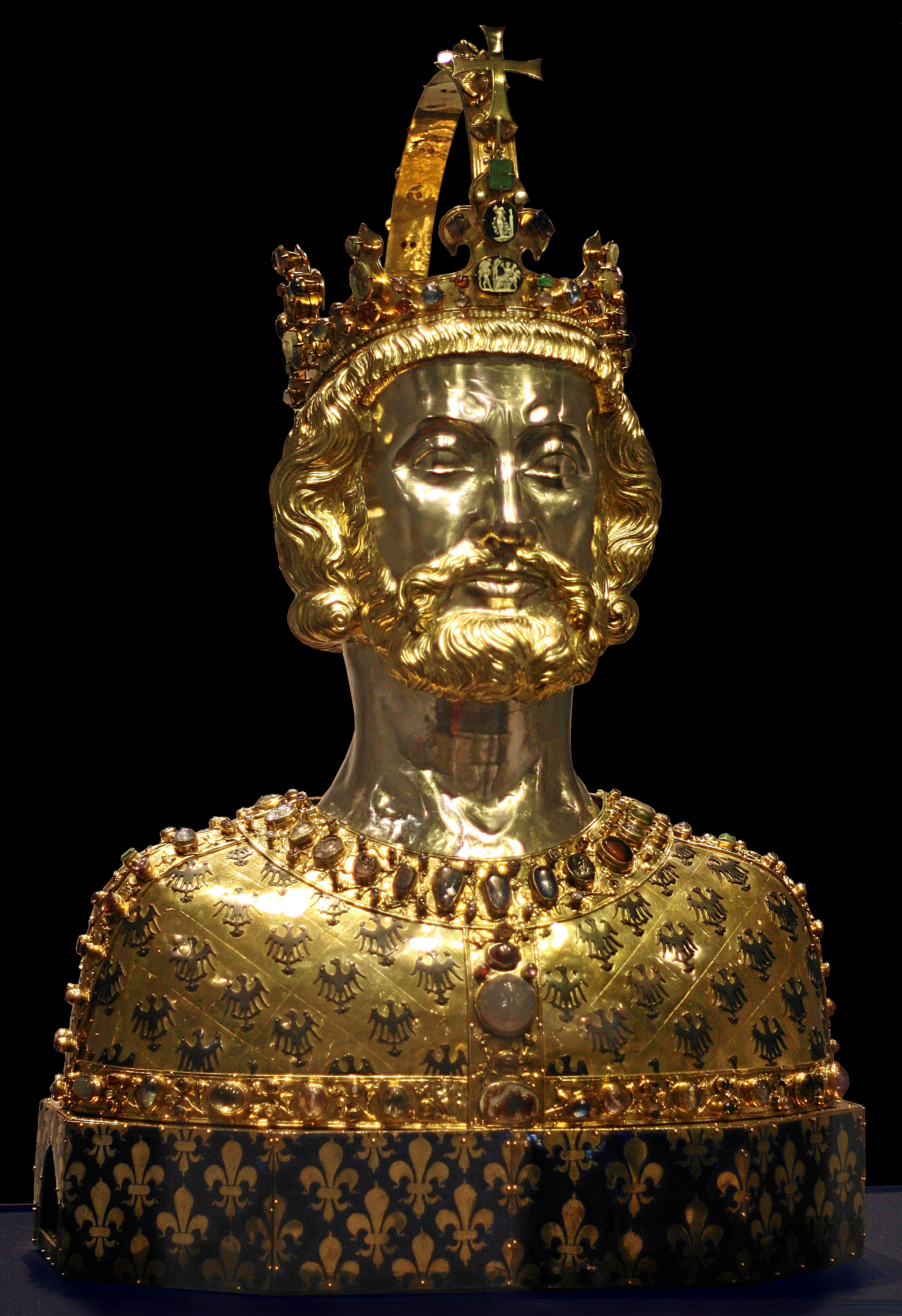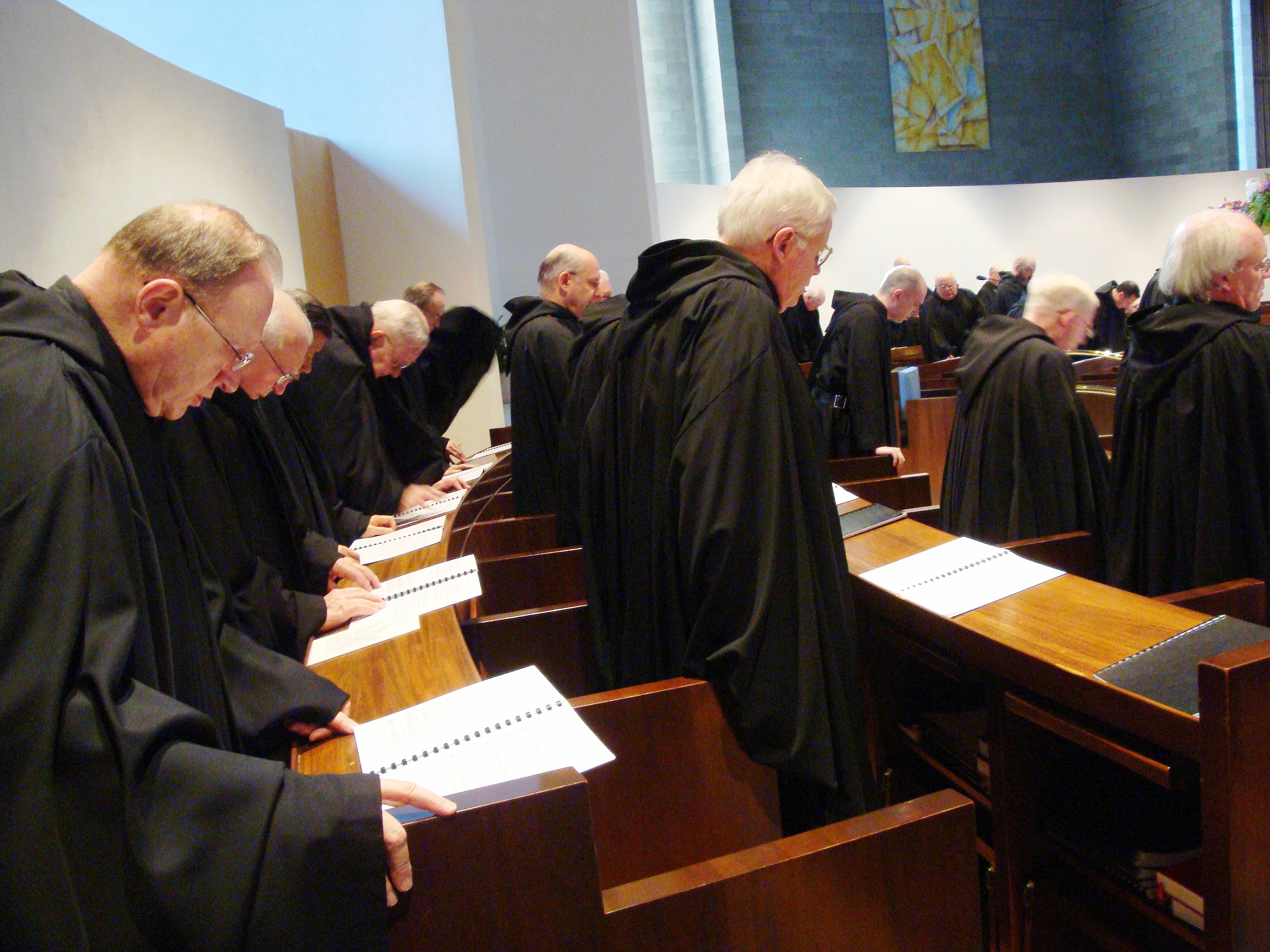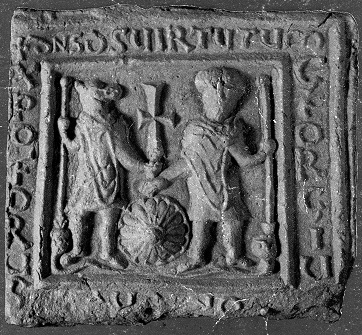|
Garulfo
''Garulfo'' is a six-volume fantasy graphic novel created by writer Alain Ayroles, cartoonist Bruno Maïorana and colorist Thierry Leprévost. ''Garulfo'' is a humorous modern fable inspired by traditional folklore, legends and fairy tales. It is set in an imaginary world that resembles Europe between the Middle Ages and the Renaissance. The lead character, Garulfo, is a frog who wants to become a man: a biped at the top of the food chain. With the help of a witch and a kiss from a maid he transforms into a Prince. However, Garulfo soon realizes that man has a tendency to prey on his own kind, and that life as a frog was not so bad after all. The themes of environmentalism and humanism run throughout, with philosophical perspectives on privilege, social justice, poverty, economics, love, and death in the subtext. Synopsis The story of Garulfo takes inspiration from traditional folklore and fairy tales to deliver a humorous, yet critical, vision of human society through the na� ... [...More Info...] [...Related Items...] OR: [Wikipedia] [Google] [Baidu] |
Alain Ayroles
Alain Ayroles is a French author, playwright, screenwriter and translator known best for his graphic novels '' Garulfo'', '' De cape et de crocs'' and ''Les Indes Fourbes''. Career Education and early career Alain Ayroles studied sequential art at the School of Fine Arts in Angoulême, France, where time spent as role-playing game gamemaster to fellow students Jean-Luc Masbou and Bruno Maïorana laid the foundations for future collaborations on a series of highly successful graphic novel projects. For these games he created ''Contes et Racontars'', a fantasy universe that combined swashbuckling adventure with traditional legends, in which one of the players plays a wolf and another a fox, and where the gamemaster plays a non-player character in the guise of a rabbit. This universe would become the inspiration for two series: fairy tale '' Garulfo'' and the epic '' De cape et de crocs''. Ayroles got his break when a small publishing house, recently created by the young Guy ... [...More Info...] [...Related Items...] OR: [Wikipedia] [Google] [Baidu] |
Bruno Maïorana
Bruno Maïorana (born 23 December 1966) is a French cartoonist and illustrator who quit the comics industry in 2014, at the height of his popularity. Biography After high school Bruno Maïorana enrolled in the fine art school in Angoulême, where he met future collaborators Alain Ayroles and Thierry Leprévost, to major in comic art. However, Maïorana dropped-out before graduation to work as an illustrator at animation studio IDDH, where Ayroles, Jean-Luc Masbou and Leprévost would also work for a time. Maïorana's first graphic novel project, Garulfo, was based on Ayroles idea to turn a classic fairy tale on its head. Originally, Ayroles intended to illustrate the story himself, however, editors advised him to find someone to collaborate with as the draft boards he had presented to them did not meet approval. After Ayroles had approached Maïorana for his collaboration, Guy Delcourt (editor) agreed to publish the series which ran from 1995 to 2002. The series proved a comme ... [...More Info...] [...Related Items...] OR: [Wikipedia] [Google] [Baidu] |
Guy Delcourt (editor)
Guy Delcourt (born 27 March 1958) is a French editor, founder of the Delcourt publishing house in 1986. It has since grown into one of the largest publishers of comics in France. In November 2006, he received the rank of , awarded by the President of the Republic Jacques Chirac, as proposed by the Minister of Culture, Renaud Donnedieu de Vabres. The company grew from publishing three titles in 1986, to over 200 in 2006. With over 1200 titles by the end 2005, Delcourt's success has not been based on the popularity of a single series. Leading titles in 2006 included Sillage (850,000 sold), Aquablue (792,000 sold), Fruits Basket (750,000 sold), De Cape et de Crocs/Garulfo (743,000 sold), Le Chant des Stryges (670,000 sold), Dungeon (comics) (634,000 ex), Star Wars ''Star Wars'' is an American epic space opera multimedia franchise created by George Lucas, which began with the eponymous 1977 film and quickly became a worldwide pop-culture phenomenon. The franchise has been ... [...More Info...] [...Related Items...] OR: [Wikipedia] [Google] [Baidu] |
Frog Prince
"The Frog Prince; or, Iron Henry" (german: Der Froschkönig oder der eiserne Heinrich, literally "The Frog King or the Iron Henry") is a German fairy tale collected by the Brothers Grimm and published in 1812 in ''Grimm's Fairy Tales'' (KHM 1). Traditionally, it is the first story in their folktale collection. The tale is classified as Aarne-Thompson type 440. Origin Editions The story is best known through the rendition of the Brothers Grimms, who published it in their 1812 edition of ''Kinder- und Hausmärchen'' (''Grimm's Fairy Tales''), as tale no. 1. An older, moralistic version was included in the Grimms' handwritten Ölenberg Manuscript from 1810. Jack Zipes noted in 2016 that the Grimms greatly treasured this tale, considering it to be one of the "oldest and most beautiful in German-speaking regions." Sources The Grimms' source is unclear, but it apparently comes from an oral tradition of Dortchen Wild's family in Kassel. The volume 2 of the first edition of ''Ki ... [...More Info...] [...Related Items...] OR: [Wikipedia] [Google] [Baidu] |
Fantasy Literature
Fantasy literature is literature set in an imaginary universe, often but not always without any locations, events, or people from the real world. Magic, the supernatural and magical creatures are common in many of these imaginary worlds. Fantasy literature may be directed at both children and adults. Fantasy is a subgenre of speculative fiction and is distinguished from the genres of science fiction and horror by the absence of scientific or macabre themes, respectively, though these genres overlap. Historically, most works of fantasy were written, however, since the 1960s, a growing segment of the fantasy genre has taken the form of films, television programs, graphic novels, video games, music and art. Many fantasy novels originally written for children and adolescents also attract an adult audience. Examples include ''Alice's Adventures in Wonderland'', the ''Harry Potter'' series, '' The Chronicles of Narnia'', and ''The Hobbit''. History Beginnings Stories involv ... [...More Info...] [...Related Items...] OR: [Wikipedia] [Google] [Baidu] |
Hansel And Gretel
"Hansel and Gretel" (; german: Hänsel und Gretel ) is a German fairy tale collected by the German Brothers Grimm and published in 1812 in ''Grimm's Fairy Tales'' (KHM 15). It is also known as Little Step Brother and Little Step Sister. Hansel and Gretel are a brother and sister abandoned in a forest, where they fall into the hands of a witch who lives in a house made of gingerbread, cake, and candy. The cannibalistic witch intends to fatten Hansel before eventually eating him, but Gretel pushes the witch into her own oven and kills her. The two children then escape with their lives and return home with the witch's treasure. "Hansel and Gretel" is a tale of Aarne–Thompson–Uther type 327A. It also includes an episode of type 1121 ('Burning the Witch in Her Own Oven'). The story is set in medieval Germany. The tale has been adapted to various media, most notably the opera (1893) by Engelbert Humperdinck. Origin Sources Although Jacob and Wilhelm Grimm credited " ... [...More Info...] [...Related Items...] OR: [Wikipedia] [Google] [Baidu] |
Charlemagne
Charlemagne ( , ) or Charles the Great ( la, Carolus Magnus; german: Karl der Große; 2 April 747 – 28 January 814), a member of the Carolingian dynasty, was King of the Franks from 768, King of the Lombards from 774, and the first Emperor of the Romans from 800. Charlemagne succeeded in uniting the majority of western and central Europe and was the first recognized emperor to rule from western Europe after the fall of the Western Roman Empire around three centuries earlier. The expanded Frankish state that Charlemagne founded was the Carolingian Empire. He was canonized by Antipope Paschal III—an act later treated as invalid—and he is now regarded by some as beatified (which is a step on the path to sainthood) in the Catholic Church. Charlemagne was the eldest son of Pepin the Short and Bertrada of Laon. He was born before their canonical marriage. He became king of the Franks in 768 following his father's death, and was initially co-ruler with his brother ... [...More Info...] [...Related Items...] OR: [Wikipedia] [Google] [Baidu] |
The Nonexistent Knight
''The Nonexistent Knight'' (Italian: ''Il cavaliere inesistente'') is an allegorical fantasy novel by Italian writer Italo Calvino Italo Calvino (, also , ;. RAI (circa 1970), retrieved 25 October 2012. 15 October 1923 – 19 September 1985) was an Italian writer and journalist. His best known works include the '' Our Ancestors'' trilogy (1952–1959), the ''Cosmicomi ..., first published in Italian in 1959 and in English translation in 1962. The tale explores questions of identity, integration with society, and virtue through the adventures of Agilulf, a medieval knight who exemplifies chivalry, piety, and faithfulness but exists only as an empty suit of armour. Plot The protagonists of this novel are two paladins of Charlemagne: the titular non-existent knight, named Agilulf (he is in fact a lucid empty suit of armor), and an inexperienced and passionate young man, Rambaldo. The latter, having arrived at the camp of paladins at the beginning of the novel, wants to aven ... [...More Info...] [...Related Items...] OR: [Wikipedia] [Google] [Baidu] |
Bertrand Du Guesclin
Bertrand du Guesclin ( br, Beltram Gwesklin; 1320 – 13 July 1380), nicknamed "The Eagle of Brittany" or "The Black Dog of Brocéliande", was a Breton knight and an important military commander on the French side during the Hundred Years' War. From 1370 to his death, he was Constable of France for King Charles V. Well known for his Fabian strategy, he took part in seven pitched battles and won the five in which he held command. Origins Bertrand du Guesclin was born at Motte-Broons near Dinan, in Brittany, first-born son of Robert du Guesclin and Jeanne de Malmaines. His date of birth is unknown but is thought to have been sometime in 1320. His family was of minor Breton nobility, the seigneurs of Broons. Bertrand's family may have claimed descent from Aquin, the legendary Muslim king of Bougie in Africa (Viking in effect, it conflates Saracens and Arabs with Normans and places Aiquin's origins in the north country) a conceit derived from the '' Roman d'Aquin'', ... [...More Info...] [...Related Items...] OR: [Wikipedia] [Google] [Baidu] |
Compline
Compline ( ), also known as Complin, Night Prayer, or the Prayers at the End of the Day, is the final prayer service (or Liturgy of the Hours, office) of the day in the Christianity, Christian tradition of canonical hours, which are Christian prayer, prayed at fixed prayer times. The English word is derived from the Latin , as compline is the completion of the waking day. The word was first used in this sense about the beginning of the 6th century by St. Benedict in his ''Rule of St. Benedict, Rule'' (''Regula Benedicti''; hereafter, RB), in Chapter16 an and he even uses the verb ''compleo'' to signify compline: "Omnes ergo in un ... [...More Info...] [...Related Items...] OR: [Wikipedia] [Google] [Baidu] |
Vespers
Vespers is a service of evening prayer, one of the canonical hours in Eastern Orthodox, Oriental Orthodox, Catholic (both Latin and Eastern), Lutheran, and Anglican liturgies. The word for this fixed prayer time comes from the Latin , meaning "evening". Vespers typically follows a set order that focuses on the performance of psalms and other biblical canticles. Eastern Orthodox services advertised as 'vespers' often conclude with compline, especially the all-night vigil. Performing these services together without break was also a common practice in medieval Europe, especially secular churches and cathedrals. Old English speakers translated the Latin word as , which became evensong in modern English. The term is now usually applied to the Anglican variant of the service that combines vespers with compline, following the conception of early sixteenth-century worshippers that conceived these as a single unit. The term can also apply to the pre-Reformation form of vespers ... [...More Info...] [...Related Items...] OR: [Wikipedia] [Google] [Baidu] |
Saint George And The Dragon
In a legend, Saint Georgea soldier venerated in Christianitydefeats a dragon. The story goes that the dragon originally extorted tribute from villagers. When they ran out of livestock and trinkets for the dragon, they started giving up a human tribute once a year. This was acceptable to the villagers until a princess was chosen as the next offering. The saint thereupon rescues the princess chosen as the next offering. The narrative was first set in Cappadocia in the earliest sources of the 11th and 12th centuries, but transferred to Libya in the 13th-century '' Golden Legend''.St. George and the Dragon: Introduction in: E. Gordon Whatley, Anne B. Thompson, Robert K. Upchurch (eds.), ''Saints' Lives in Middle Spanish Collections'' (2004). The ... [...More Info...] [...Related Items...] OR: [Wikipedia] [Google] [Baidu] |





